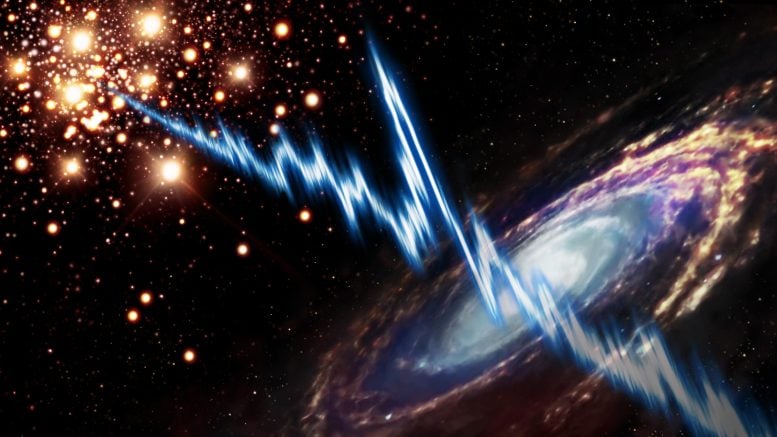
Extremely fast radio signals from a surprising source. A cluster of ancient stars (left) close to the spiral galaxy Messier 81 (M81) is the source of extraordinarily bright and short radio signals. The image shows in blue-white a graph of how one flash’s brightness changed over the course of only tens of microseconds. Credit: Daniëlle Futselaar, artsource.nl
Fast Radio Bursts (FRBs) are among the top mysteries facing astronomers today. First discovered in 2007 (the famous “Lorimer Burst“), these energetic events consist of huge bursts of radio waves that typically last mere milliseconds. While most events observed to date have been one-off events, astronomers have detected a few FRBs that were repeating in nature. The cause of these bursts remains unknown, with theories ranging from rotating neutron stars and magnetars to extraterrestrials!
Since the first event was detected fifteen years ago, improvements in our instruments and dedicated arrays have led to many more detections! In another milestone, an international team of astronomers recently made high-precision measurements of a repeating FRB located in the spiral galaxy Messier 81 (M81)- the closest FRB observed to date. The team’s findings have helped resolve some questions about this mysterious phenomenon while raising others.
The international team was made up of researchers from the Netherlands Institute for Radio Astronomy (ASTRON), the Anton Pannekoek Institute for Astronomy, the Max Planck Institute for Radio Astronomy, the Onsala Space Observatory, the Perimeter Institute for Theoretical Physics, the Ventspils International Radio Astronomy Center (VIRAC), and multiple universities and research institutes in the Netherlands, Germany, Sweden, Canada, China, India, Italy, the U.K., and the U.S.
Their findings were described in two papers published in parallel this week in the journals Nature and Nature Astronomy. The studies were led jointly by The team is led jointly by Franz Kirsten, a postdoctoral astronomer with the Chalmers University of Technology in Sweden and ASTRON, and Kenzie Nimmo, a Ph.D. student with ASTRON and the University of Amsterdam.
As they describe in their papers, the team set out to make high-precision measurements of a repeating FRB discovered in January 2020 in the constellation Ursa Major (aka. the Big Dipper). To study the source with the highest possible resolution and sensitivity, the team combined measurements from multiple instruments in the European VLBI Network (EVN) – a network of telescopes located primarily in Europe and Asia specializing in Very Long Baseline Interferometry (VLBI).
These were complemented by measurements taken from other powerful radio telescopes, like the Karl G. Jansky Very Large Array (VLA) in New Mexico. When they analyzed the measurements, they realized the repeating FRB came from the nearby spiral galaxy Messier 81 (M 81). This galaxy is located about 12 million light-years from Earth, making this event the closest FRB detected to date. As Kirsten explained in a recent Chalmers press release:
“We wanted to look for clues to the bursts’ origins. Using many radio telescopes together, we knew we could pinpoint the source’s location [in] the sky with extreme precision. That gives the opportunity to see what the local neighborhood of a fast radio burst looks like.”
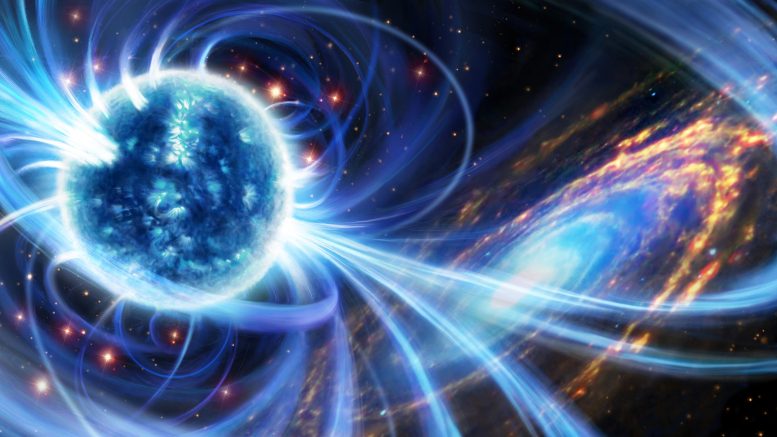
A magnetar sparkles, hidden among ancient stars (in red) in the outskirts of the spiral galaxy Messier 81 (M 81). Credit: Daniëlle Futselaar, artsource.nl
What’s more, the team traced the FRB to the outskirts of the galaxy and realized that it had to be coming from a dense cluster of very old stars (a globular cluster). This was a rather unexpected find, as many FRBs are surrounded by young, massive, short-lived stars and many times the mass of our Sun. These stars end their lives as extremely dense and highly magnetized white dwarves known as magnetars.
“It’s amazing to find fast radio bursts from a globular cluster,” added Kirsten. “This is a place in space where you only find old stars. Further out in the universe, fast radio bursts have been found in places where stars are much younger. This had to be something else.” As noted, astronomers have come to believe that FRBs are the result of young stars undergoing gravitational collapse to become magnetars. This has been born out by a significant body of research in recent years.
However, these latest findings suggest that they may be linked to magnetars that formed when a white dwarf became massive enough to collapse under its own weight – something that has been predicted but never before seen. Team member Jason Hessels, a professor with the University of Amsterdam and ASTRON, explained:
“We expect magnetars to be shiny and new, and definitely not surrounded by old stars. So if what we’re looking at here really is a magnetar, then it can’t have been formed from a young star exploding. There has to be another way.”
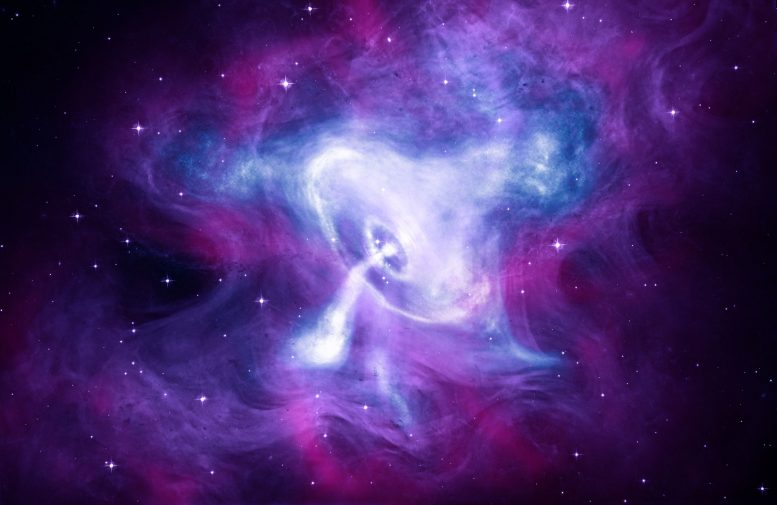
A new composite image of the Crab Nebula features X-rays from Chandra (blue and white), optical data from Hubble (purple), and infrared data from Spitzer (pink). Credit: NASA
In globular clusters, many stars exist as binary systems, some of which get close for one star to collect material from the other. This often occurs when one star is no longer in its main sequence and expands to become a Red Giant. The companion will begin to siphon material from the Red Dwarf’s outer layers, eventually leading to a situation known as “accretion-induced collapse.”
“If one of the white dwarfs can catch enough extra mass from its companion, it can turn into an even denser star, known as a neutron star,” said team member Mohit Bhardwaj, a Ph.D. candidate at McGill University and a member of the Canadian Hydrogen Intensity Mapping Experiment (CHIME). “That’s a rare occurrence, but in a cluster of ancient stars, it’s the simplest way of making fast radio bursts.”
After zooming in on their measurements to look for additional clues, the astronomers found something else that surprised them. Some of the flashes they observed were shorter in duration than expected, lasting for nanoseconds (one-billionth of a second) rather than milliseconds (one-thousandth). This is similar to what has been observed from a pulsar in the Crab Nebula, a tiny, dense remnant of a supernova explosion that was seen from Earth in 1054 CE. Said Nimmo:
“The flashes flickered in brightness within as little as a few tens of nanoseconds. That tells us that they must be coming from a tiny volume in space, smaller than a soccer pitch and perhaps only tens of meters across. Some of the signals we measured are short and extremely powerful, in just the same way as some signals from the Crab pulsar. That suggests that we are indeed seeing a magnetar, but in a place that magnetars haven’t been found before.”
In the near future, observations of this system and others like it will help astronomers tell if the source is an unusual magnetar, an unusual pulsar, a black hole, a dense star in a close orbit, or something else entirely. Regardless, it is clear that the detection of more FRBs is leading to new and unexpected insights into FRBs and the life cycle of stars.
Adapted from an article originally published on Universe Today.
For more on this research, see:

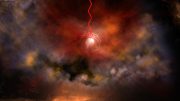



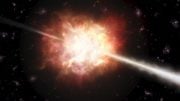

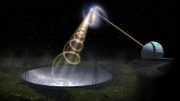
Does this article conclude life on other planets.
No not yet.
But their working on it.